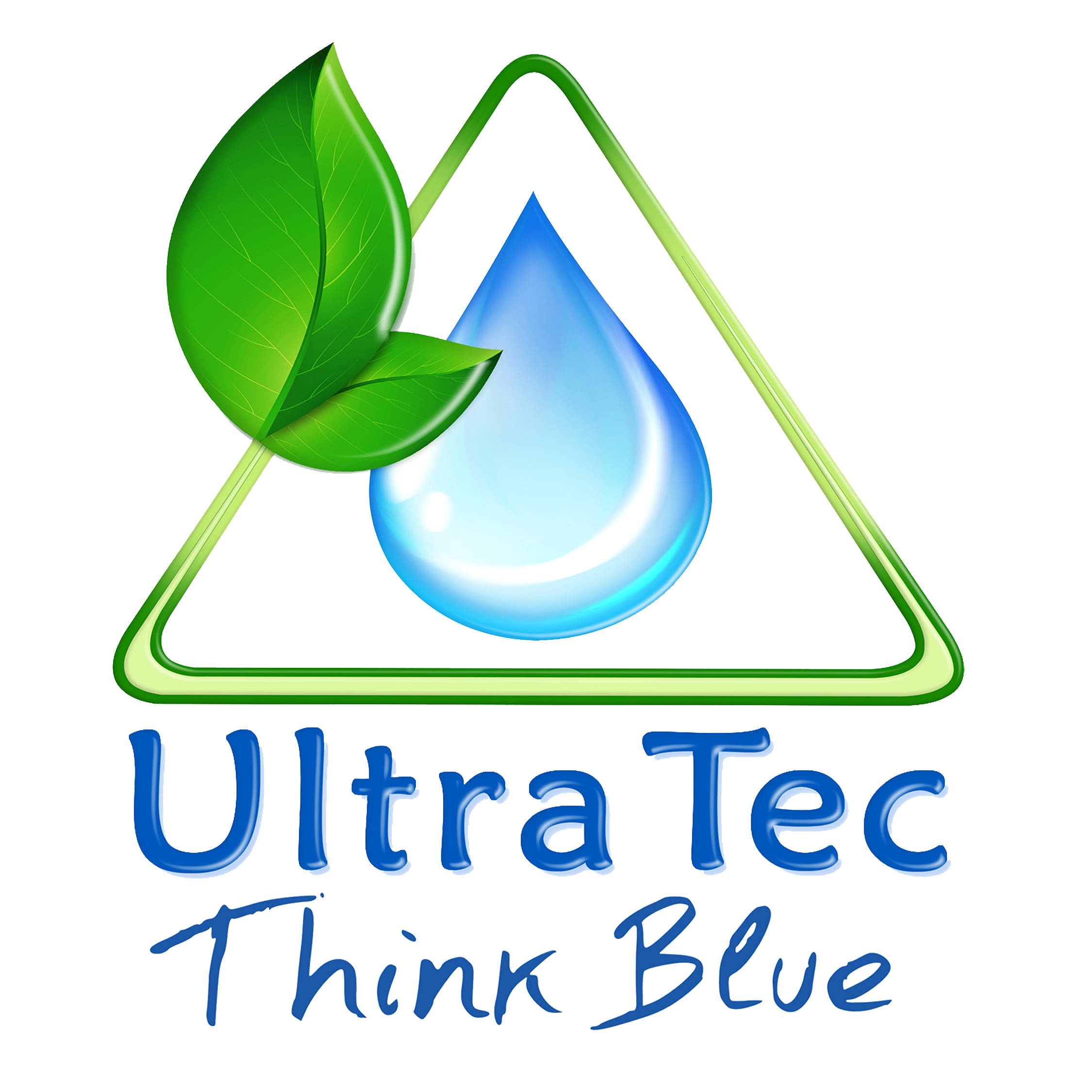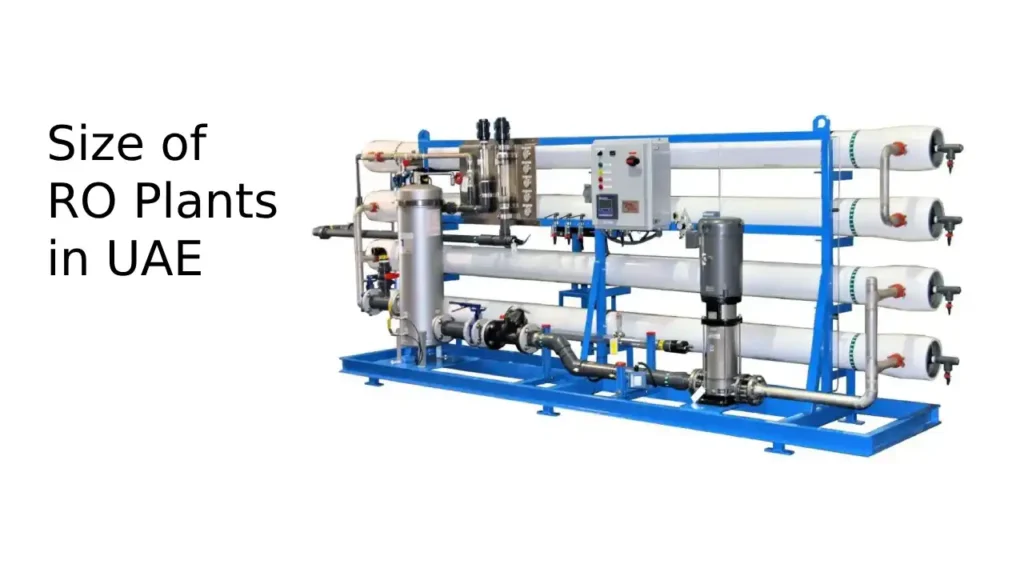Differences Size and Capacity of RO Plant Water Treatment Systems in UAE
Water is one of the most important resources on earth, and ensuring its purity and accessibility is more important and fundamental . In various industries, as well as in residential and commercial settings, the need for effective water treatment systems like Reverse Osmosis RO plants is undeniable and undisputed . However, choosing the right size and capacity for an RO plant can be challenging, as different applications require different volumes of treated water. In this article, we’ll explore the differences in size and capacity of RO plant water treatment systems, ranging from 100 gallons per day to a massive 1,000,000 GPD, and discuss their best-suited usage areas.
Understanding RO Plant Sizes:
- 100 GPD to 10,000 GPD:
These smaller capacity RO plants are typically used in residential settings, small scale businesses, or remote locations where water demand is relatively low. They are suitable for households, small restaurants, coffee shops, and offices.
These systems are compact, easy to install, and require minimal maintenance, making them ideal for areas with limited space and resources.
- 10,000 GPD to 100,000 GPD:
Medium sized RO plants are often found in medium sized businesses, educational institutions, hospitals, and small scale industrial applications.
They can handle higher volumes of water while still maintaining efficiency and reliability. These systems are capable of meeting the demands of a larger population or commercial establishment.
- 100,000 GPD to 1,000,000 GPD:
- Large scale RO plants cater to the needs of municipalities, industrial complexes, large scale manufacturing units, and water bottling plants. These systems are designed to treat large quantities of water efficiently and are equipped with advanced technologies to ensure consistent performance and quality.
Usage Areas and Best Suited Systems:
- Residential Areas:
For individual households or small apartment complexes, RO systems with capacities ranging from 100 GPD to 10,000 GPD are suitable. These systems provide clean and safe drinking water for families without occupying much space.
- Commercial Establishments:
- Restaurants, cafes, small hotels, and offices benefit from mid-sized RO systems 10,000 GPD to 100,000 GPD. These systems can meet the demands of a moderate-sized clientele while maintaining water quality standards.
- Industrial Applications:
Industries with moderate to high water requirements, such as food processing, pharmaceuticals, and electronics manufacturing, require RO plants with capacities ranging from 100,000 GPD to 1,000,000 GPD. These systems ensure uninterrupted water supply for various production processes.
- Municipalities and Large-Scale Operations:
Municipal water treatment facilities, large manufacturing units, and water bottling plants rely on massive RO systems capable of treating millions of gallons per day. These systems play a crucial role in providing clean and safe drinking water to entire communities.
Conclusion:
Choosing the right size and capacity of an RO plant is essential for meeting specific water treatment needs efficiently. Whether it’s for residential, commercial, industrial, or municipal use, understanding the differences in RO plant sizes and their respective usage areas is crucial for ensuring optimal performance and resource utilization. By selecting the appropriate system, we can contribute to conserving water resources while maintaining water quality standards across various sectors.

